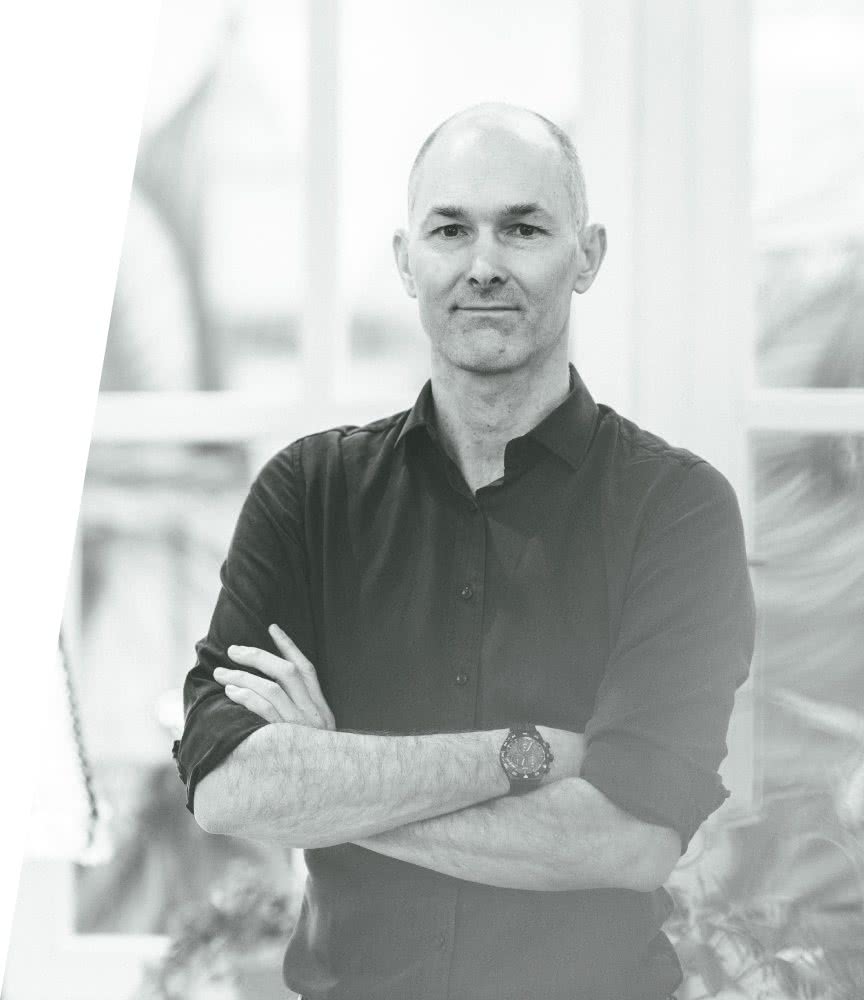




Design Thinking
"Design Thinking is a process and a mindset. And much more. It encompasses a lively culture of innovation."
Hasso Plattner Institute, Potsdam
Design Thinking is simultaneously a process and an attitude. It uses the joint creativity of multi-disciplinary teams to solve challenges in a user-oriented way. Solution development for concrete needs of users is pursued through six phases. Through this process a tested prototype is developed. Design Thinking structures development processes and innovative solutions for products, services or society. The process of design thinking supports teams, projects, companies or public organisations on their journey towards greater agility, customer-orientation and innovation. Design Thinking enables inspiration, creativity and change.
Cloud Transformation
"Paths are made by walking"
Franz Kafka
The digital transformation is a fundamentally changing economy and society. In companies, not only individual processes are digitized, but completely new products, services and business models are created. In addition to technologies such as big data or AI, cloud computing plays a central role. In particular, cloud computing enables a faster market launch as well as more flexibility, efficiency and scalability while at the same time saving of own hardware. The process of cloud transformation includes not only technical changes, but also organizational adjustments and often the development of new products, services or business models. Companies that follow this path open up new opportunities and potential.
Agile Methods
"Agility is the ability to quickly and effectively adapt and respond to changes and challenges in a flexible and efficient manner."
ChatGPT
We live in a world characterized by constant change, increasing instability, unpredictability, complexity and contradictions. The ability to be agile helps organizations to adapt to new challenges and an environment with little predictability. This adjustment process is the agile transformation and affects both processes and structures as well as the culture in companies. Traditional hierarchies and approaches such as long-term advance planning are being replaced by self-organization, flexibility, customer focus and a mindset of willingness to change and openness. The agile methods in project management are related to these values and principles.
Projects & Teams
"If you want to go fast, go alone. If you want to go far, go with others."
African saying
Projects are one-off undertakings to achieve a goal during a limited period of time. Projects have different duration, budget and number of actors and can be organized in a classic or agile manner, depending on which approach is more appropriate for achieving the goal. What projects have in common is the interaction between people and the need to shape their collaboration, as well as defining goals, strategies, concepts and implementation plans. Teams are geared towards achieving specific tasks or goals. Team members work closely together to achieve these, requiring shared values and agreements.